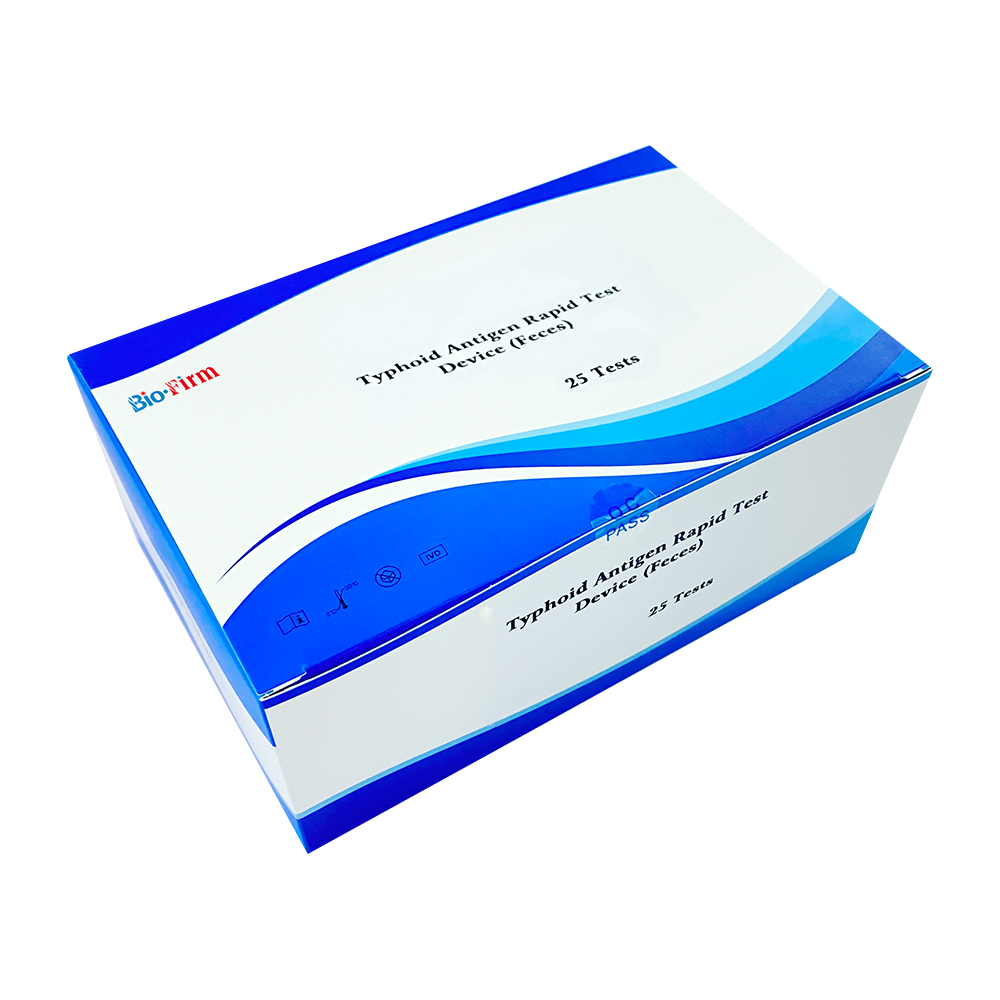Jul 01,2022
The Typhoid Antigen Rapid Test, while useful for quick and convenient detection of typhoid fever, has several limitations and potential sources of error:
Sensitivity and Specificity
False Negatives: The test may produce false-negative results, particularly in cases where the concentration of the typhoid antigen is low or in the early stages of infection. This can occur if the test is not sensitive enough to detect lower levels of the antigen.
False Positives: There is a risk of false positives, which can occur if the test reacts with antigens or antibodies from other pathogens or conditions that cross-react with the test.
Sample Quality and Handling
Sample Type: The test generally requires specific sample types, such as stool or blood. Incorrect or suboptimal sample collection and handling can lead to inaccurate results.
Sample Storage: Improper storage or handling of samples before testing can degrade the antigens, affecting the test’s accuracy.
Test Conditions
Environmental Factors: Factors such as temperature, humidity, and exposure to light can impact the performance of the test. Tests need to be conducted under recommended conditions to ensure reliability.
Expiration Date: Using tests beyond their expiration date can result in unreliable results due to degradation of test components.
Technical Factors
Test Kit Variability: Variability between different batches or brands of test kits can affect performance. Quality control issues or manufacturing defects may lead to inconsistent results.
User Error: Incorrect application or interpretation of the test results due to user error can lead to inaccurate outcomes. Proper training and adherence to instructions are essential.

Disease Stage and Antigen Load
Antigen Load: The test may be less effective if the antigen load in the patient is below the detection threshold, which can happen in cases of early infection or in patients with low bacterial counts.
Disease Stage: The effectiveness of the test may vary depending on the stage of the disease. For example, the test might be less reliable if the patient is in the early stages of infection before a significant amount of antigen has accumulated.
Cross-Reactivity
Cross-Reaction with Other Pathogens: The test might show positive results due to cross-reactivity with antigens from other bacterial infections or conditions, leading to false positives.
Geographic and Demographic Variability
Population Variability: The prevalence of typhoid fever and the presence of different strains of Salmonella typhi can affect the test’s performance in different geographic regions or populations.
Validation and Standardization
Lack of Standardization: Variability in test performance can occur if the test has not been standardized or validated across different settings or populations.
The common limitations and potential sources of error in the Typhoid Antigen Rapid Test include issues related to sensitivity and specificity, sample quality and handling, test conditions, technical factors, disease stage, cross-reactivity, geographic variability, and validation. Understanding and addressing these limitations can help improve the accuracy and reliability of the test and ensure it is used effectively in diagnosing and managing typhoid fever.



 Español
Español
 Français
Français
 Deutsch
Deutsch
 عربى
عربى








